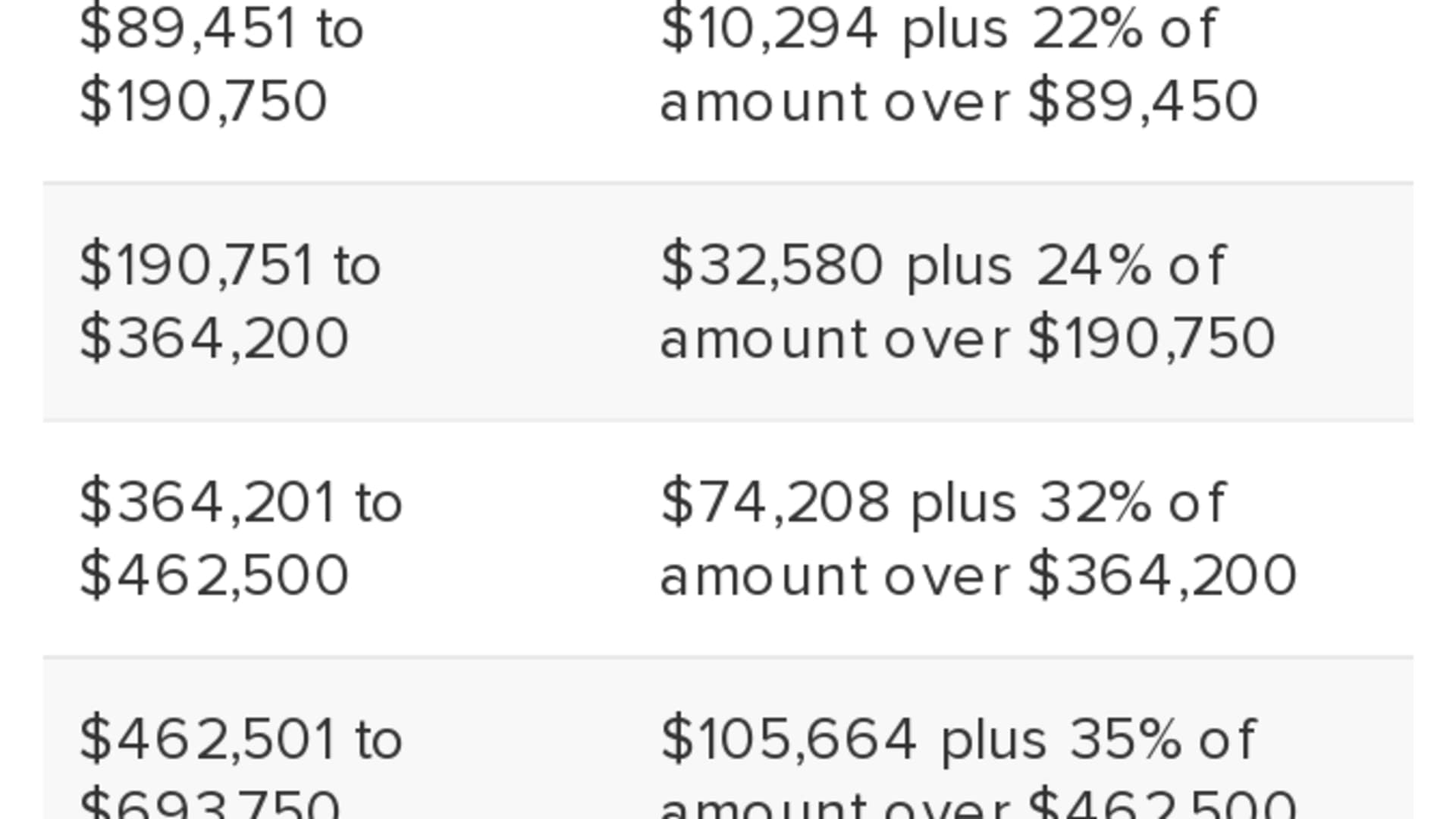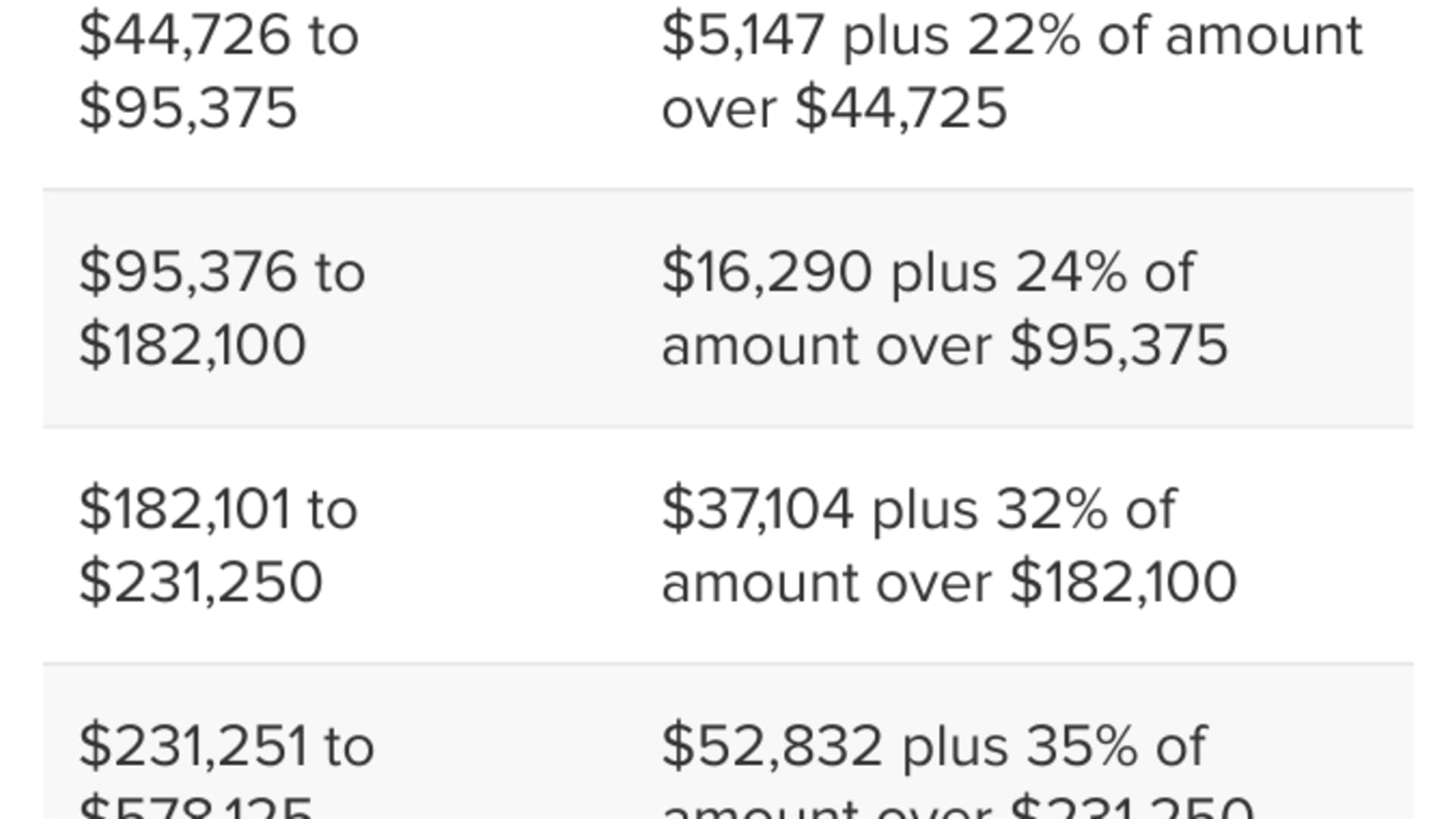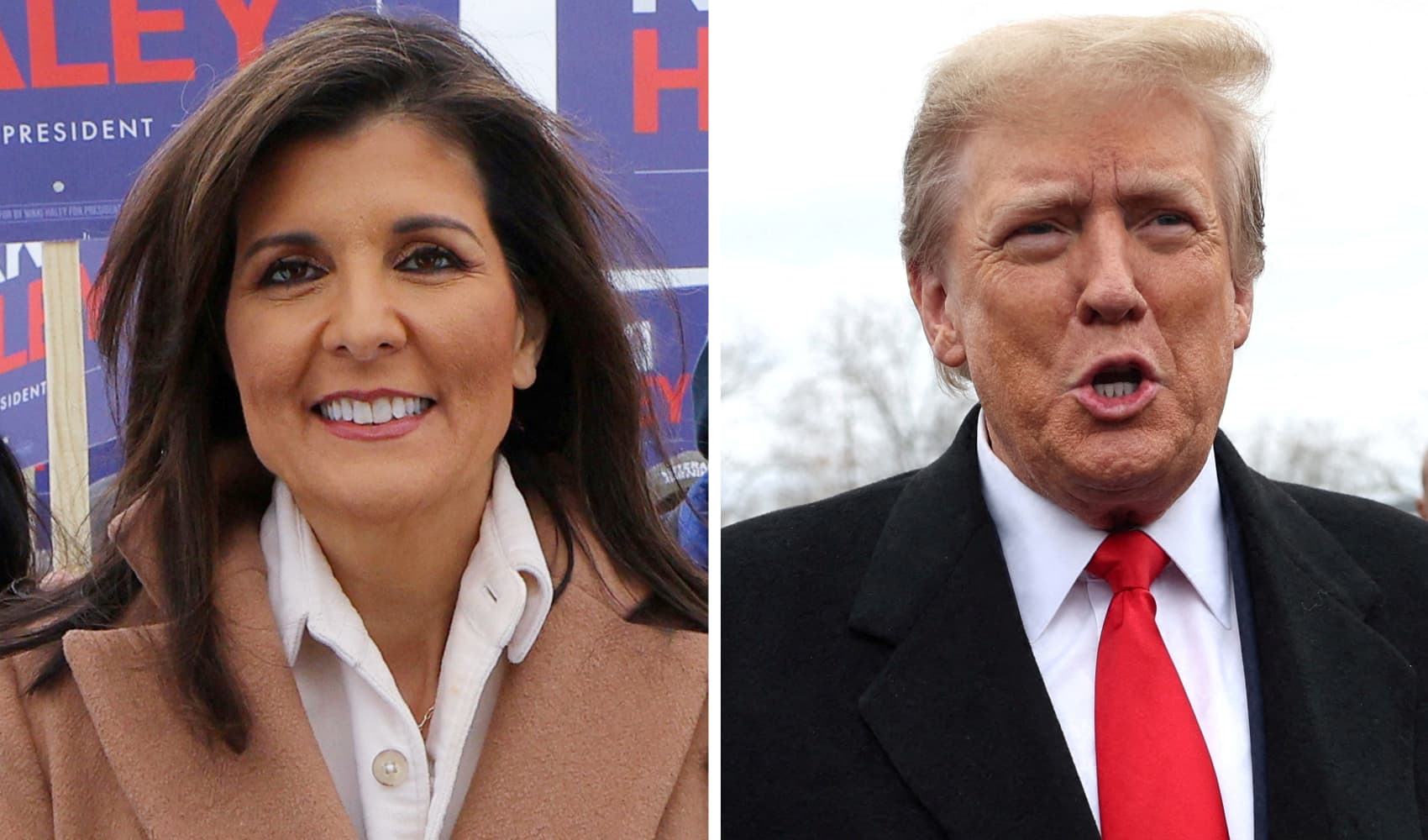
- The Mega Millions jackpot has grown to an estimated $1.25 billion this week, the fourth-largest prize in the game's history.
- While states receive a chunk of every lottery ticket, the federal government doesn't collect its share until there's a winner, a tax expert says.
- The next Mega Millions drawing is at 11 p.m. ET on Friday.
After months of no winners, the Mega Millions jackpot has grown to an estimated $1.25 billion this week, the fourth-largest prize in the game's history.
If you win, there's a choice between two pretax options: an estimated $625.3 million lump sum or a 30-year annuity worth $1.25 billion. The lottery, however, benefits more than just the lucky winner because the federal government and some states also receive a portion of the revenue.
The next Mega Millions drawing is Friday at 11 p.m. ET. The chance of winning the jackpot is roughly 1 in 302 million.
Get a weekly recap of the latest San Francisco Bay Area housing news. Sign up for NBC Bay Area’s Housing Deconstructed newsletter.
State lottery revenue isn't consistent
While states receive a chunk of every lottery ticket, the federal government doesn't collect its share until there's a winner, explained Aravind Boddupalli, research associate in the Urban-Brookings Tax Policy Center.
Money Report
Roughly 65% of proceeds from lottery ticket sales go to winners, according to the North American Association of State and Provincial Lotteries. Some 6% goes to retailers, 5% covers lottery administration and 24% goes to public beneficiaries.
In 2021, states received a total of nearly $30.4 million in lottery revenue, defined as ticket sales minus prizes, according to Census data analyzed by the Tax Policy Center.
Boddupalli said the revenue typically goes into the state's general fund but is earmarked for specific programs, such as education, infrastructure, health care, the environment and more. There's a state-by-state list of these programs here.
"There's a little bit of a conundrum with this, though," Boddupalli said.
Lottery revenue isn't as consistent as income tax revenue, which may cause program funding shortfalls.
Most states also have a mandatory upfront income tax withholding on lottery winnings, according to the Tax Foundation, which may not cover the total state and marginal rates. The top marginal rates are above 10% in some states.
Federal tax bill on a $1.25 billion Mega Millions jackpot
The federal government receives a sizable chunk of revenue after the lottery announces a winner because there's a mandatory 24% federal withholding.
If you pick the $625.3 million lump sum, the 24% federal withholding automatically sends more than $150 million to the IRS.
However, the final bill will likely represent millions more since the windfall pushes the winner into the 37% income tax bracket.


For 2023, the 37% rate applies to taxable income of $578,126 or more for single filers and $693,751 or higher for couples filing together. You calculate taxable income by subtracting the greater of the standard or itemized deductions from your adjusted gross income.
Single lottery winners will pay $174,238.25, plus 37% of the amount over $578,125. But for couples filing jointly, the total owed is $186,601.50, plus 37% of the amount above $693,750.
Friday's Mega Millions drawing comes about two weeks after a single ticket sold in California won Powerball's $1.08 billion jackpot. That game's top prize is back down to $124 million, with roughly 1 in 292 million odds of winning the jackpot.






